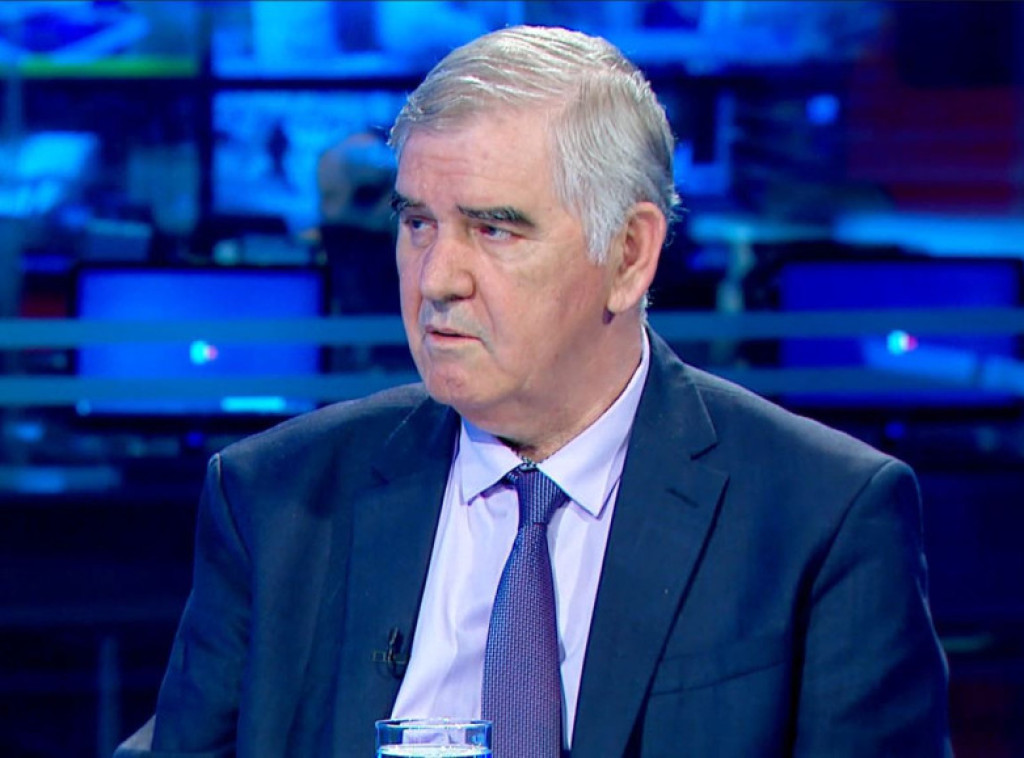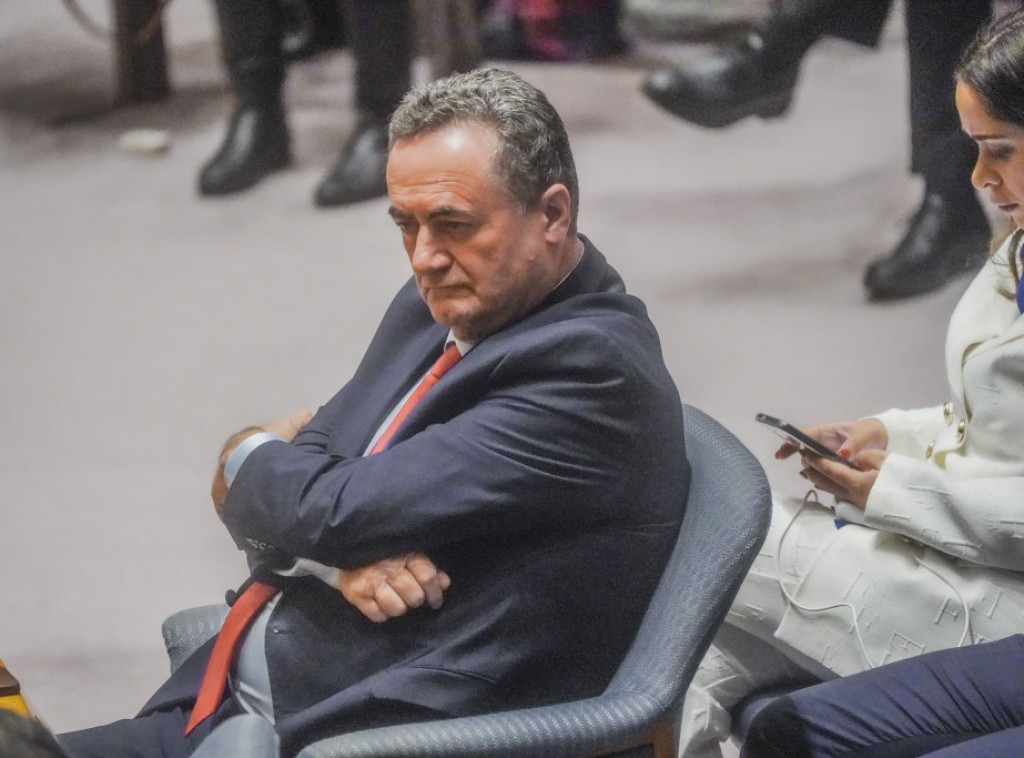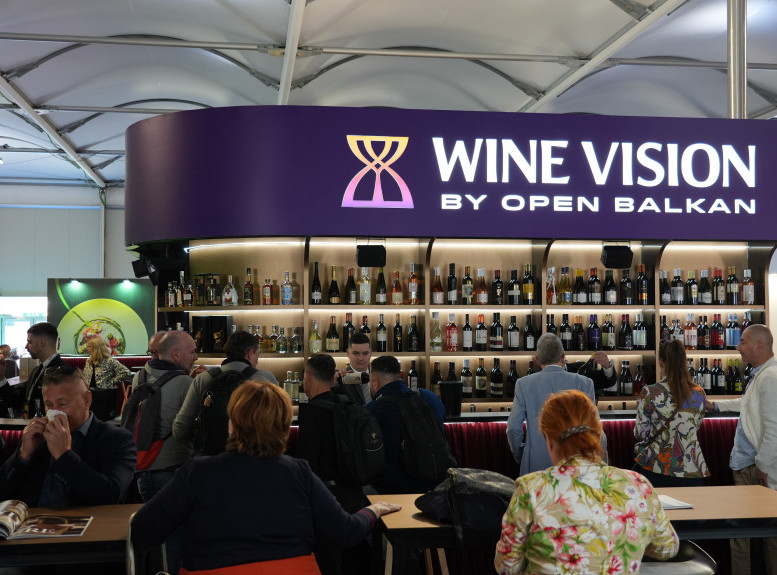The latest Iranian rocket attacks on Israel have resulted in the deaths of at least three people in central Israel, with dozens injured. The attacks hit four different locations, and rescue operations are ongoing. Israeli strikes on Iranian nuclear facilities and military targets have escalated the conflict, causing significant casualties on both sides. Iranian authorities condemned the Israeli attacks and called for an urgent UN Security Council meeting. As the conflict intensifies, the international community expresses concern over the potential spread of the conflict across the Middle East. Various media reports emphasize different aspects of the conflict, including civilian casualties, diplomatic efforts, and security challenges.
Political Perspectives:
Left: Left-leaning media tend to emphasize the humanitarian impact of the conflict, highlighting civilian casualties and the suffering of ordinary people on both sides. They often call for diplomatic solutions and criticize military escalations that endanger civilians. The narrative may include criticism of both Israeli military actions and Iranian provocations, advocating for peace and negotiation.
Center: Center-leaning outlets focus on balanced reporting, presenting facts about the attacks and casualties while also covering the political and security context. They report on the military actions of both Iran and Israel, the international diplomatic responses, and the potential implications for regional stability. The narrative is generally neutral, aiming to inform without strong bias.
Right: Right-leaning media often emphasize Israel’s right to defend itself against Iranian aggression and portray Iran as the primary aggressor threatening regional and global security. They highlight the military capabilities and strategic responses of Israel, supporting strong defensive and offensive measures. The narrative may downplay civilian casualties on the Israeli side and focus on the threat posed by Iran’s nuclear ambitions and missile attacks.































































